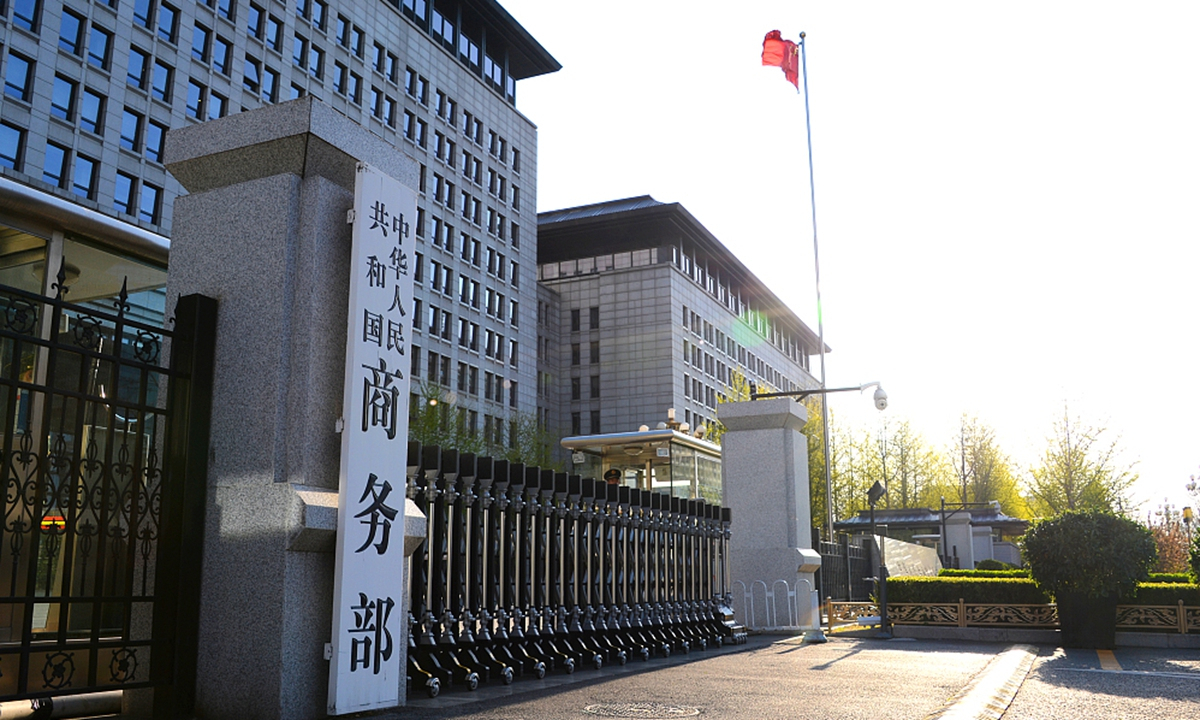Beijing Wantong's Tech Acquisition: Risks and Opportunities

In a significant pivot towards the tech sector, Beijing Wantong New Development Group Co., Ltd. has outlined its strategic ambitions in its latest annual report. The company is committing approximately 854.45 million yuan to acquire a 62.98% stake in Beijing Shu Du Technology Co., Ltd., marking a robust investment in integrated circuit design, with a particular focus on PCIe switches. This move is critical, not just for the immediate financial implications, but also for positioning Wantong as a forward-looking player in a high-growth industry that has been increasingly reinforced by governmental support and global demand for advanced technology products.
The acquisition, comprising a direct cash injection and a purchase of equity from various stakeholders, underscores a broader trend of corporate consolidation within the tech sector, aiming to leverage synergies stemming from enhanced operational capacities. Notably, the strong approval from the board of directors hints at a streamlined governance process that could bolster investor confidence. Moreover, as the 2020s usher in a new era of technological advancement, investments of this nature should be viewed through the lens of not only immediate market aspirations but also the long-term potential of integrated circuits in powering AI, cloud computing, and next-generation technologies.
However, this strategic acquisition by Wantong is not without its risks. The firm must contend with inherent market fluctuations and the volatile nature of technological advancements in the semiconductor sector. Given that the target company has yet to reach profitability, with documented losses exceeding 137 million yuan in 2024, the integration process could present challenges, particularly regarding aligning business cultures and operational frameworks. Furthermore, regulatory scrutiny cannot be overlooked—while the transaction is compliant with current Shanghai Stock Exchange regulations, any unforeseen changes in regulatory landscapes could disrupt operational stability and financial forecasts.
In terms of future opportunities, the report suggests a promising landscape for AI-driven markets, where the demand for PCIe chips is expected to surge. The projected growth of the PCIe switch chip market, estimated to reach $13.53 billion by 2030, presents a favorable environment for Wantong to enhance its revenue streams. Nevertheless, investors must approach this potential with caution. Any misalignment in product development schedules, or failure to meet the ambitious revenue milestone commitments, could yield significant setbacks.
The overall sentiment from Wantong's report affirms its commitment to cultivating a high-tech asset portfolio while highlighting the complexities intertwined in the transformational journey. As stakeholders, including investors, regulators, and consumers watch these developments unfold, the ultimate question remains: can Beijing Wantong successfully navigate this transition without compromising its financial integrity?
In conclusion, while the strategic acquisition positions Beijing Wantong for growth in a burgeoning market, the accompanying risks—ranging from operational integration challenges to market dependency—demand vigilant oversight as the company ventures into this new frontier. Balancing aggressive investment with prudent risk management will be pivotal as the firm looks to establish itself as a powerhouse in the tech landscape.
Read These Next

China to Review Anti-Dumping Duties on Indian Optical Fiber
China to review anti-dumping duties on single-mode optical fibers from India to assess market impacts on local manufacturers.

Goolsbee Says Federal Reserve Data Revisions Should Not Cause Controversy
Fed's Evans says non-farm payroll revisions shouldn't be contentious, stressing data accuracy's importance for U.S. economic policy.

Hefei Xueqi Electric Acquires Shengbang Electric
This commentary analyzes Hefei Xueqi Electric's acquisition of a controlling stake in Hefei Shengbang Electric, highlighting the strategic implications, financial trends, and associated risks, while drawing parallels to historical market dynamics.
